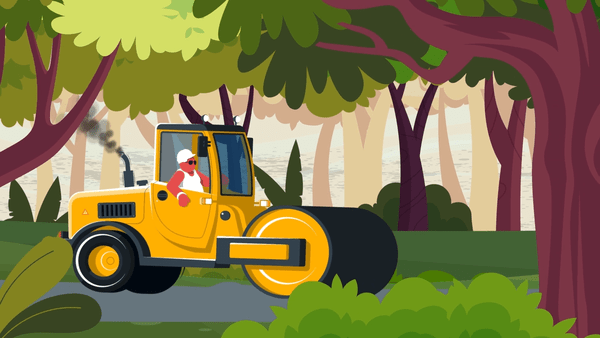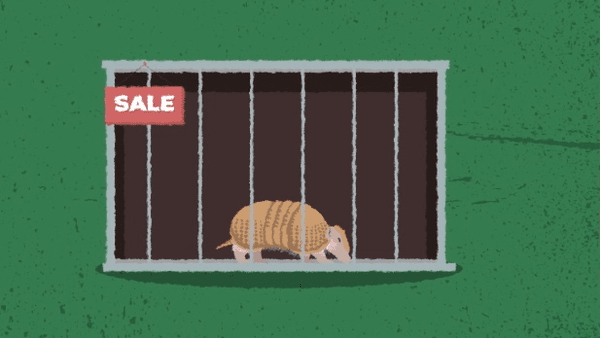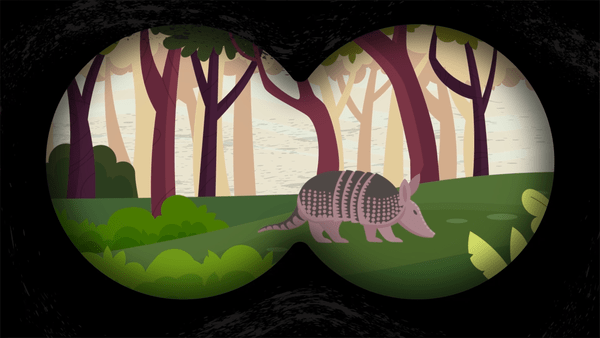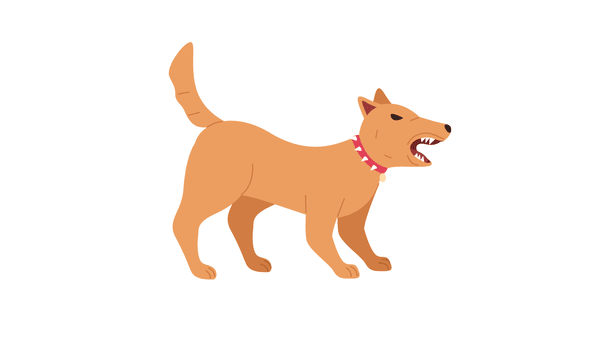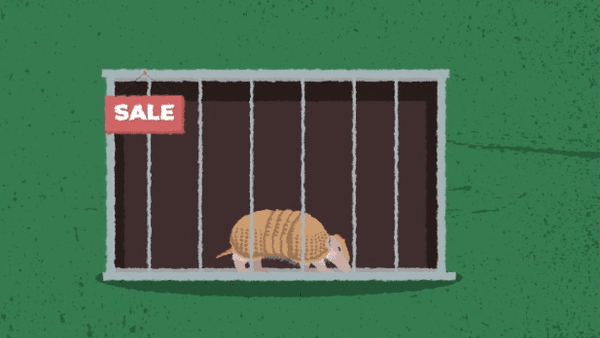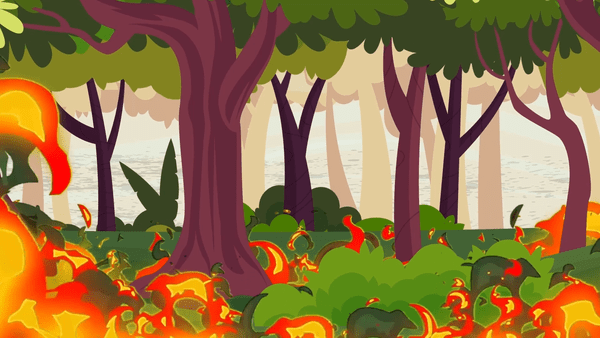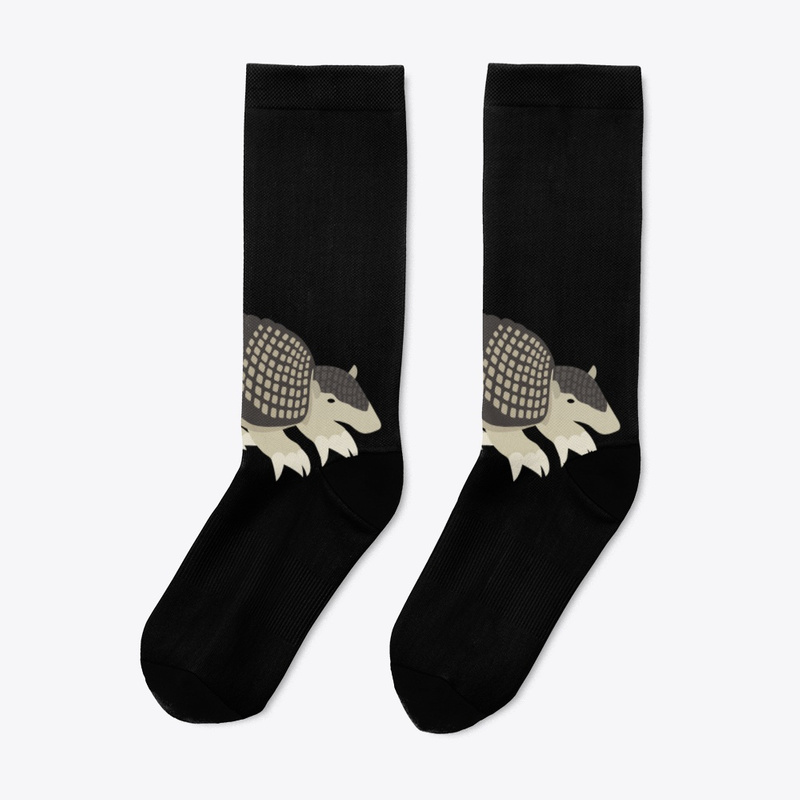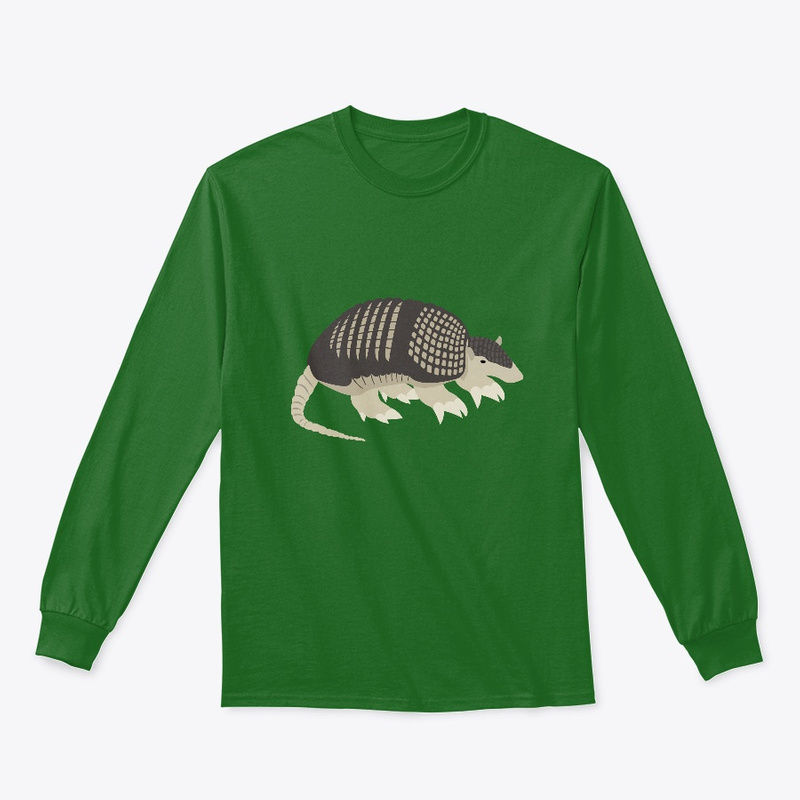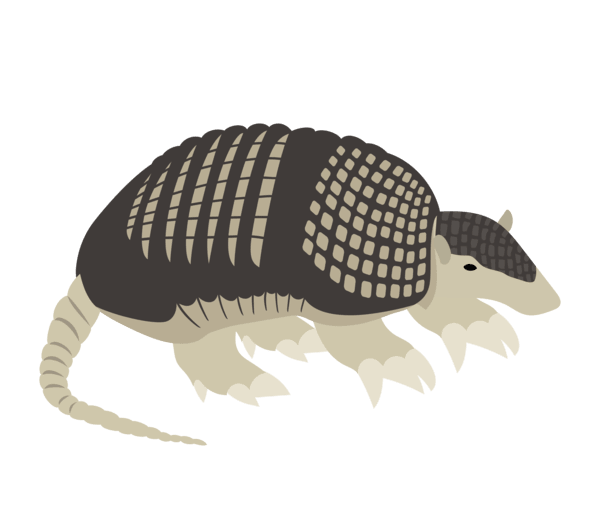
Giant armadillo
Priodontes maximus
Reproduction: Giant armadillos probably do not breed until they are 5.5-7 years old. The females give birth to one, exceptionally two, young per litter, and do not breed every year. The offspring remain inside the burrow during most of the lactation period of 11-12 months, and remain dependent on their mother’s burrow for another 6 months.
Weight: 20–60 kg
Diet: Mainly insectivorous, eating primarily ants and termites. They occasionally eat other invertebrates, such as spiders, beetles, cockroaches, millipedes, and worms, small snakes, and rarely figs and other fruit.
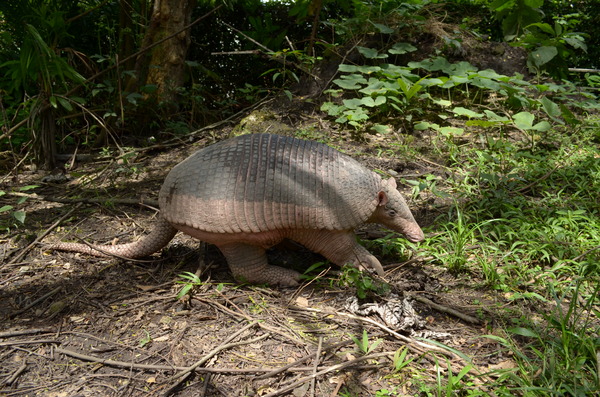
Common Names
English – Giant Armadillo
French – Tatou Géant
Spanish – Armadillo Gigante, Carachupa Manan, Cuspon, Tatú Carreta, Tatú Guazú
German – Riesengürteltier
Portuguese – Tatu-Canastra
How to Identify:
| Carapace | Dark brown to black |
| Broad light-colored band around its lower part | |
| Moveable bands | 11-13 |
| Tail | 50 cm |
IUCN Red List
Species are classified into one of nine Red List Categories: Extinct, Extinct in the Wild, Critically Endangered, Endangered, Vulnerable, Near Threatened, Least Concern, Data Deficient and Not Evaluated. Vulnerable, Endangered and Critically Endangered species are considered to be threatened with extinction.

Giant armadillo Facts
• Largest of all extant armadillo species.
• The females sometimes leave their offspring inside the burrow and close the entrance to prevent predator attacks.
• The claw on the third forefinger can measure up to 20.3 cm along the curve, which makes it the largest claw of any living mammal.
• Giant armadillos walk on the tip of their front claws.
• Giant armadillos have more teeth than any other armadillo species and most other mammals. The total number of teeth is highly variable and can reach 100 or even more.
Habitat
- Habitat
- Forest
- Savannah
- Grassland
 Population Trend
Population Trend
• Decreasing
 Threats
Threats
- Hunting (Food)
- Deforestation
- Pet trade
Here are some ways YOU can help keep armadillos healthy and safe:
– It is best to observe them from a distance and in silence.
– Our pets could attack them. It is important to keep your dog on a leash when you go for a walk, or keep your pets at home in an enclosed and safe area. In addition, taking care of our pets also means spaying and neutering them so that they do not breed without control.
– Another way to help protect the areas where armadillos live is by not starting fires.
– Armadillos love to live in nature, keeping them as pets is not good for them. Keep in mind that they don’t like selfies either.
– If you find an injured armadillo, contact a wildlife hospital so they can help it.
– Deforestation is often caused to make more land for livestock. Eating less meat may help save our forests.
Test your new knowledge!
Test your new armadillo expertise by visiting our armadillo word search, puzzles, coloring sheets and name games!
Check out this video to see how much you have learned!
The Anteater, Sloth, Armadillo Specialist Group has a store that directly helps xenarthran conservation!

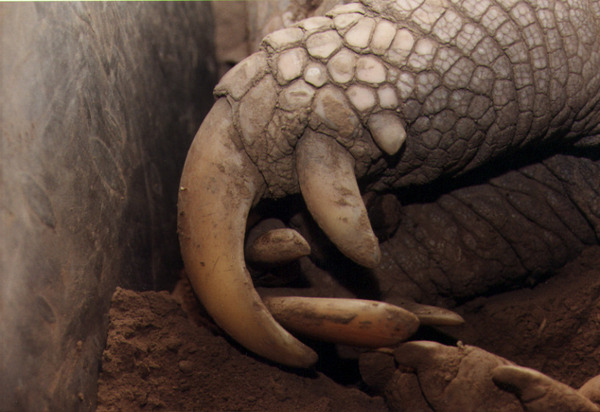
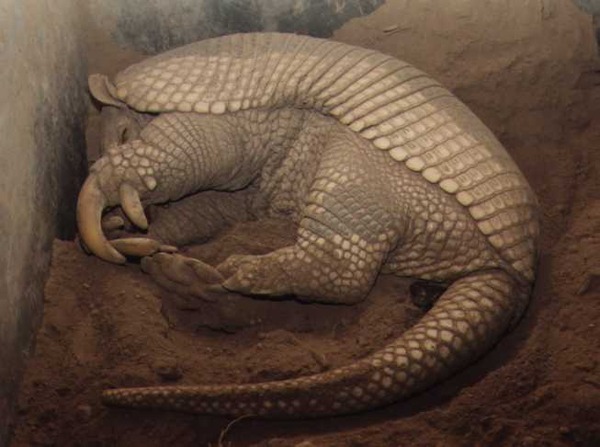
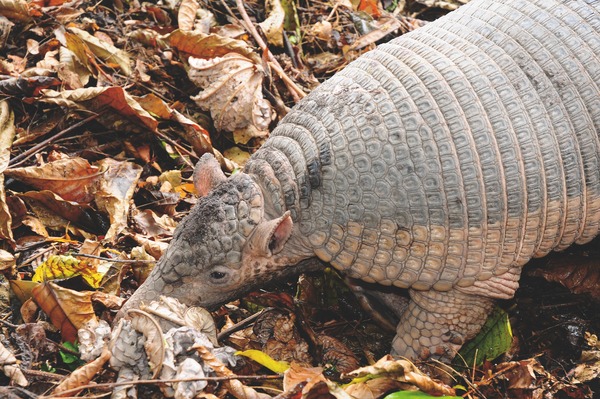

 Population Trend
Population Trend Threats
Threats